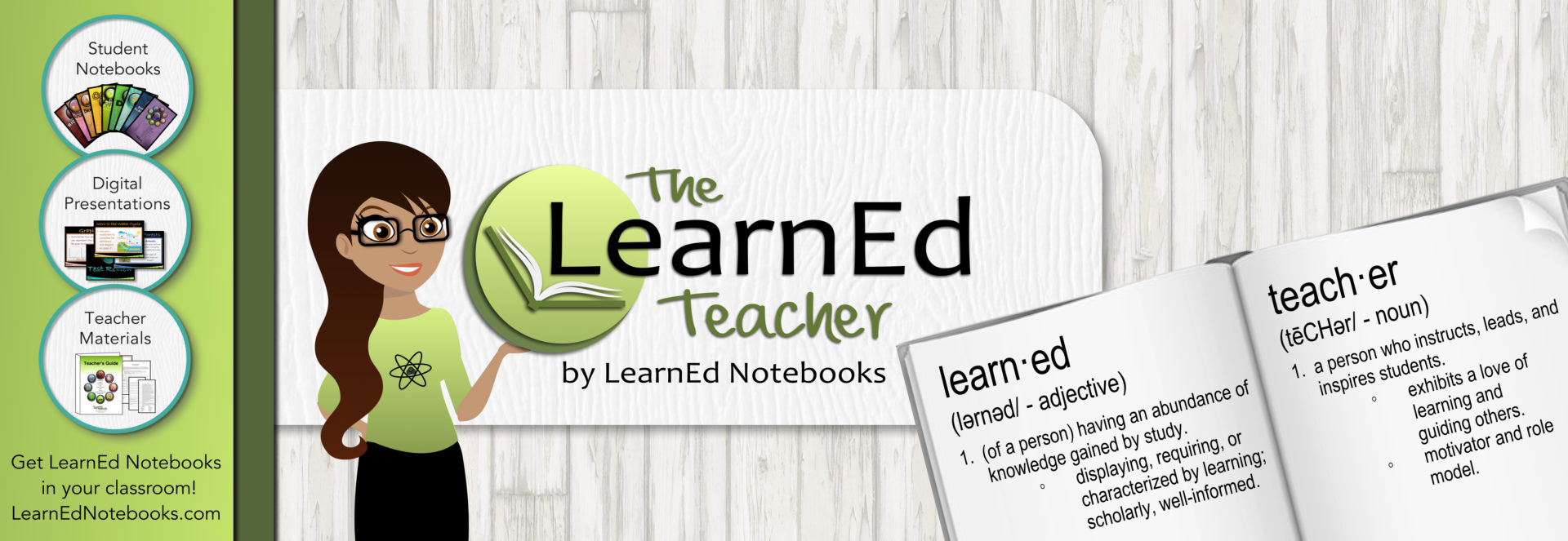DOWNLOAD THE ROTATION STATIONS CHART HERE
We’ve shared our rotation station printable at several conference sessions and trainings we’ve had recently and our teachers are loving it. It takes a little bit of practice to get your students used to your expectations as they make their way through each station, but once you get them to that point, it’s the perfect way to accomplish so many things in a short amount of time.
To help you (and your students!) remember the plan for each station, we’ve centered it around the acronym ROTATE: research, observe, train, assemble, test, and evaluate.
RELATED: EXTRA 10 MINUTES? 6 REVIEW STRATEGIES
Students will research a topic related to the unit.
-Allows new thought processes to be activated and increases input of information.
-Example: Students will research three microbes and write a three-sentence summary about each
one.
Students will observe an object, video, or lesson related to the unit.
-Allows for group discussion and can be used as an opportunity to spark student interest.
-Example: Students will view the 60-Second Science: Thinking Thermally video and summarize the
results.
Students will “train their brains” by participating in group study exercises, vocabulary review, or practice questions.
-Allows for collaboration and group discussion.
-Example: Students will divide their group into two teams and compete to list as many correct
vocab terms/definitions as they can in five minutes.
Students will work together to assemble a representation of their knowledge from the unit.
-Allows for student expression and emphasizes literacy skills.
-Example: Students will work as a group to construct a graphic organizer, folded diagram or
infographic to compare photosynthesis and cellular respiration.
Students will put their skills to the test by participating in a quick experiment or demo.
-Provides an opportunity for students practice experimental design skills while elaborating on topics from the unit.
-Example: Students will carry out a friction experiment by comparing the speed of an object rolling down various textured ramps.
Students will evaluate their own understanding of the unit by engaging in discussion with peers or teacher.
-Allows for small group interaction between students and teacher.
-Example: Students will have 7-8 minutes to ask questions and review material directly with the teacher.
RELATED: 60-SECOND SCIENCE: THINKING THERMALLY
*Teacher tip: don’t create station work that is sequential; if you do — the majority of your students will be working out of order.
Follow LearnEd Notebooks on social media! Pinterest // Facebook // Instagram // Twitter // YouTube
________________________

LearnEd Notebooks provides teachers and students with an innovative notebooking solution. We specialize in providing educators with a unique curriculum that allows you to break free from conventional methods of instruction and spend more time on labs and inquiry-based science. We provide the framework of an interactive notebook with the flexibility of teaching strategies that seamlessly integrate with each teacher’s own methods of instruction. Our complete programs include printed student notebooks, digital presentations, and access to teacher resources — each focusing on diverse learning styles and engaging instructional strategies.
Click here to get LearnEd Notebooks in your classroom!
________________________




